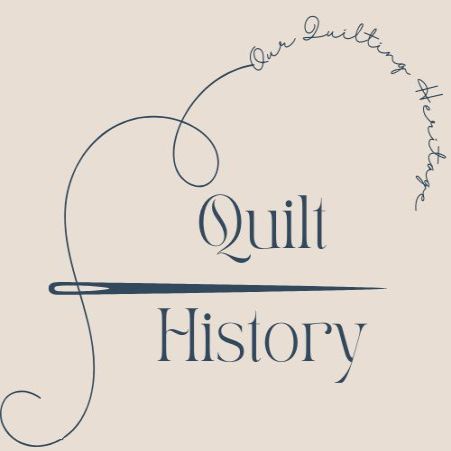I could have sworn this was discussed awhile back, but nothing comes up in search.
Someone at UMUC is doing a paper about coded messages in quilts used on the underground railroad (as mentioned in Hidden in Plain View: a secret story of quilts and the underground railroad. By Jacqueline Tobin and Raymond Dobard) and is looking for more resources.
It seems like the consensus here was that it's a lot of hooey, but maybe I'm remembering that wrong too.
Someone at UMUC is doing a paper about coded messages in quilts used on the underground railroad (as mentioned in Hidden in Plain View: a secret story of quilts and the underground railroad. By Jacqueline Tobin and Raymond Dobard) and is looking for more resources.
It seems like the consensus here was that it's a lot of hooey, but maybe I'm remembering that wrong too.




Comment